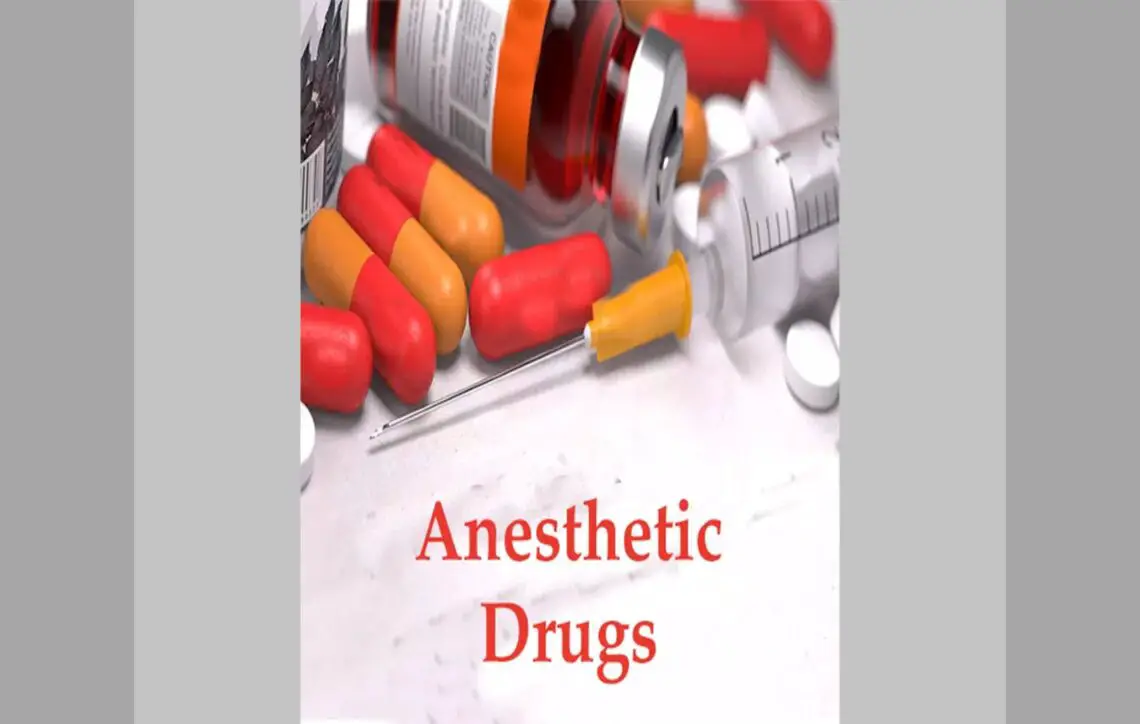Xenon is an inert gas and as such, doesn’t make any chemical bonds and is non-reactive to other elements. When given to people it produces complete anaesthesia and coma. It is considered a safe and effective anaesthetic for operations and would be used more if it were not so expensive.
The after effects of anaesthetic are quite varied from person to person but generally it seems to be that the anaesthetic keeps on working, albeit weakly, especially in sensitive people and children, and they don’t really return totally into their body after the operation. The effect of this is a state of non-feeling and not being present.
Interesting also is the fact that the word Xenon originated from a Greek word meaning ‘stranger’. People suffering from the after effects of anaesthetic would say that they are “not fitting in”, “half of me isn’t here”, “feel distant from my family” (since the operation ) etc.
Homoeopathically then, when Xenon is administered in a potentised form it should help patients with those symptoms. Even more directly, it is an appropriate remedy for “never been well since” an operation, coma after an accident, or any situation where the waking consciousness was absent for a period of time.
I have found Xenon very useful and have used it often for the after effects of general anaesthetic with a guiding symptom being the sense of distance and un- connectivity to those around.
Here is one such case:
On 1st Oct 2018 – This is a 4 year old boy who had suffered terribly since 4 months old with Stickler Syndrome. This is a hereditary progressive arthro-ophthalmopathy and genetic malfunction which, amongst other symptoms, attacks the eyes resulting in severe myopia, cataracts, glaucoma and detached retinae as well as a cleft palate and possible conductive hearing loss.
When presented he had experienced 25+ surgeries, 30 anaesthetics and 8 sedations to address the cataracts, detached retina and glaucoma. His ongoing appointments amounted to 15 separate specialists in the disciplines of Audiology, Paediatrics, Genetics, Radiology, X rays, MRI, Ear,nose and throat, Orthopaedics, Ophthalmology, Optometrists, speech therapists, ECG and ultrasound for his heart, Blennz assessment team, Plastic and Craniofacial specialists, Cleft palate team, Brain surgeons and Psychologists.
In the past year alone, he had experienced:
– 3 Goniotomys to lower the intra ocular pressure which, despite treatment hovers around 25 to 31 mm Hg , Insertion of a molten tube – Lots of needling work (on scar tissue). cataract surgeries in both eyes, prevention surgery for a detached retina including (a) cryotherapy (extremely low temperatures to seal the retina to the back wall of the eye by forming a scar.).
This surgery was first performed in New Zealand and he was one of the first of his age in the world to have it done. (b) laser therapy-cataract surgeries in both eyes
In the interview he seems an inquisitive boy who answers intelligently. However, he has an obsessive attachment to his mother. This manifests as wanting her to shower with him every time, waking up crying at night and coming into his parents bed, has to go to bed at the same time as his mother, wants his mother to stay with him at kindy, where he hasn’t made any friends, and is always calling out for his mother. He has been like this from ‘day 1’. His mother finds him anxious, fearful and emotional. He cries a lot.
In considering this case, it would be a very unusual child who would not be a little clingy after the harrowing medical procedures that they had been through. It is always difficult to get any subjective symptoms from children but the pattern of behaviour certainly points to feelings of insecurity and needing constant reassurance of a stronger person which I saw as not being content “in his own skin”.
Following the principle of extinguishing the exciting causative factor that Hahnemann enjoined us to do (paragraph 5 in the organon) the effects of the 30 anaesthetics should be treated first.
The classic remedies for ‘never well since anaesthetic” are, of course, Opium and Phosphorus (amongst others). He didn’t have the drowsiness and sluggishness of Opium, in fact the opposite. He was playing happily while his mother was in the room. He had some of the anxiety and fears of Phosphorous but it didn’t cover the rest of the case, so Xenon was chosen as the medicine, to be taken after the next anaesthetic.
Prescription: Aconite 30c before the next operation , which was laser surgery, then: 3 days after the surgery: 5th Oct 2018 Xenon 1M one dose at night and one first thing next morning.
19/10/18 Since the patient’s family lived at a distance, the follow up was by phone 2 weeks later and the outcome was such that I asked the mother to write down what had occurred. This is exactly what she wrote. (name removed for privacy reasons):
Hi Morris
Thank you for your time on the phone earlier. Before using homoepathy he was always wanting Mum and liked to just be around people he feels comfortable with. He has had over 30 anesthetics which may have caused a huge role in his behaviour.
Since using the homoeopathy he has become a very independent young boy. He likes to bath and shower by himself, dress himself and doesn’t need Mum with him 24/7. He’s sleeping through the night and is happy to go off without me. He has also become very confident.
This is truly a miracle by only taking two homoeopathic pills and the change it has made to him is seriously extraordinary. Thank you Morris so much in helping him get to where he is today and especially before he starts school. I will let you know when our next appointment is to arrange for us to come and see you.
5/12/18 His mother reported that he was really really good, was more than happy to go off to school by himself and his teachers commented on how happy he was.
18/7/2019 Continuing to thrive at school. A ‘kind, loving child’. Mother says he couldn’t be happier and ‘loves taking Morris’s pills”
His regular visits to specialists had continued of course and his mother reported that he was no longer as anxious and even looked upon it as a family trip. As for ongoing treatment, so much damage had already been done, his parents agreed that the real improvement to aim for would be, firstly, in reducing the effects of the Glaucoma.
Medicines used over the next 18 months: Atropinum Suph 6C, Zinc Phos 30C and Osmium 200C
Pressures (mm Hg) ;
5/12/18: 25
13/12/18:20
10/2/19:20
21/3/19:15
10/5/19:17
18/12/19:16
19/02/22 He has remained a happy boy and the intra-ocular pressure has stayed manageable.
The author can be reached at: [email protected]





Thanks for this fascinating case study where a lesser known remedy is exposed in this way. Its deep action where so many anaesthesia had been previously given shifted not only the deep physical effects of such interventions, but so much of the needy emotional picture which had so inevitably resulted in the affected child.